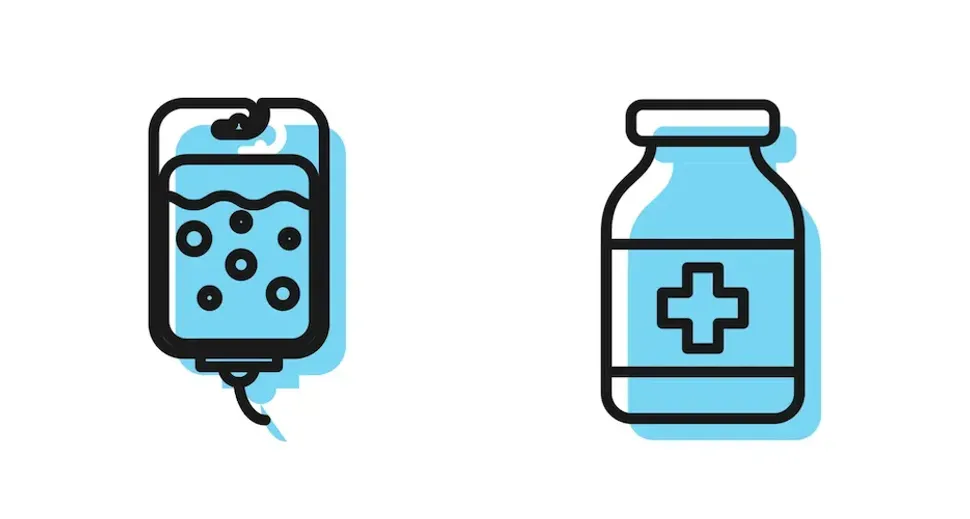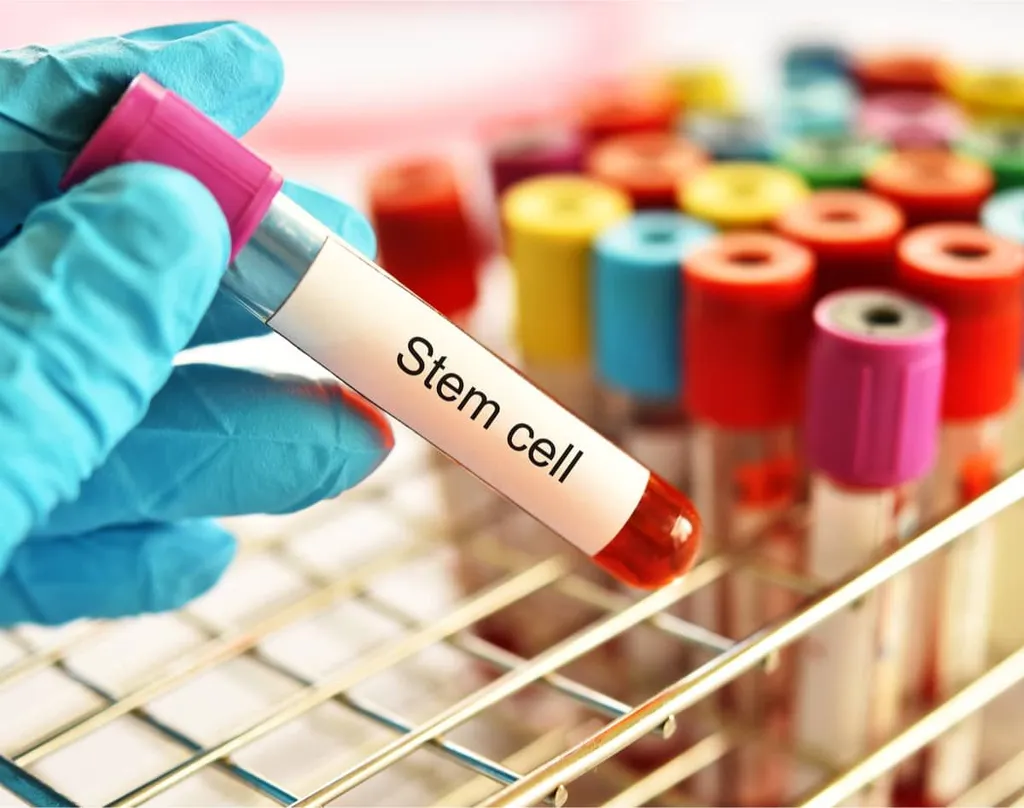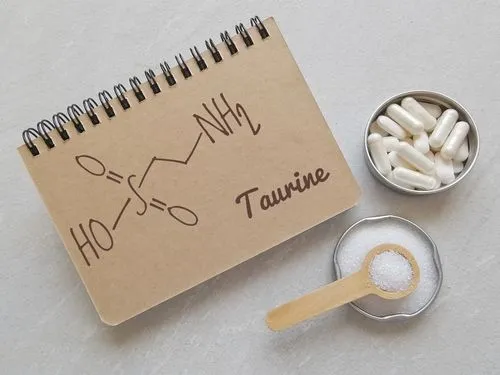ASCO 2024: How Effective is Prexigebersen for AML?

AML specialist Dr. Maro Ohanian from MD Anderson Cancer Center in Houston, Texas, shared the initial findings at the ASCO 2024 conference about how the treatment combination of prexigebersen, venetoclax, and decitabine works for newly diagnosed, secondary AML and relapsed/refractory AML patients in a clinical trial. Read a summary of the key findings below.
What is Prexigebersen?
About two-thirds of AML patients have cancer cells that contain mutations like FLT3, KRAS, NRAS, PTPN11, NF1, and KIT, which rely on a protein called Grb2 (growth factor receptor-bound protein-2) to help AML cells survive and multiply. A medicine called prexigebersen (BP1001, by Bio-Path Holdings) stops the cell’s genetic instructions or mRNA from creating the Grb2 protein. This causes AML cells to stop multiplying and die.
Dr. Ohanian and colleagues are evaluating prexigebersen in a clinical trial with two other FDA-approved AML medicines: venetoclax (Venclexta) and decitabine (Dacogen). Click here to read more about venetoclax and decitabine. The triplet combination was administered to AML patients who did not qualify for standard intensive chemotherapy, including newly diagnosed patients, patients with secondary AML, and individuals whose disease had returned or become resistant after prior treatment (relapsed/refractory).
How Effective is Prexigebersen + Venetoclax + Decitabine for AML?
AML patients received the treatment combination for up to four months. Decitabine was administered by infusion during the first five days of each month, venetoclax was taken as a pill daily for 21 days out of each month, and prexigebersen was administered as an infusion two times per week. Patients stopped treatment before the four-month completion date if they achieved a complete reduction of AML signs and symptoms or they experienced intolerable side effects.
This clinical trial is still recruiting participants, but the first results in 43 AML patients treated with the triplet combination showed:
- Percentage of patients who achieved a complete reduction of AML signs and symptoms after at least one treatment cycle:
- Newly diagnosed/secondary AML: 75%
- Relapsed/refractory AML: 52%
- Patients who were in complete remission were also evaluated for MRD negativity, which was tested by flow cytometry, a highly sensitive test that evaluates little to no AML cells remaining after treatment in a bone marrow sample. Of those:
- Newly diagnosed/secondary AML: 80% were MRD-negative
- Relapsed/refractory AML: 58% were MRD-negative
- Common side effects patients experienced from the treatment combination included decreased counts of white blood cells and platelets, fatigue, anemia, and neutropenia.
- By the time of this analysis, 77% of the newly diagnosed and 55% of the relapsed/refractory patients were still alive. However, it is too soon to know if this triplet combination will significantly extend patients' lives.
If you would like to be screened to receive this treatment combination for your AML, click here to view the study’s informational page. If you need help signing up for the trial, click “Begin Now” for a HealthTree Patient Navigator to support you.
In conclusion, after up to four months of receiving the treatment combination of prexigebersen, venetoclax, and decitabine, a large percentage of AML patients achieved a complete reduction of AML signs and symptoms and MRD negativity. The treatment combination proved to be more effective for newly diagnosed/secondary AML than patients with relapsed/refractory disease.
Learn More About AML from Experts in HealthTree University!
To learn more about AML, its diagnosis, and treatment, click on the button below to visit HealthTree University for AML.
Source:
AML specialist Dr. Maro Ohanian from MD Anderson Cancer Center in Houston, Texas, shared the initial findings at the ASCO 2024 conference about how the treatment combination of prexigebersen, venetoclax, and decitabine works for newly diagnosed, secondary AML and relapsed/refractory AML patients in a clinical trial. Read a summary of the key findings below.
What is Prexigebersen?
About two-thirds of AML patients have cancer cells that contain mutations like FLT3, KRAS, NRAS, PTPN11, NF1, and KIT, which rely on a protein called Grb2 (growth factor receptor-bound protein-2) to help AML cells survive and multiply. A medicine called prexigebersen (BP1001, by Bio-Path Holdings) stops the cell’s genetic instructions or mRNA from creating the Grb2 protein. This causes AML cells to stop multiplying and die.
Dr. Ohanian and colleagues are evaluating prexigebersen in a clinical trial with two other FDA-approved AML medicines: venetoclax (Venclexta) and decitabine (Dacogen). Click here to read more about venetoclax and decitabine. The triplet combination was administered to AML patients who did not qualify for standard intensive chemotherapy, including newly diagnosed patients, patients with secondary AML, and individuals whose disease had returned or become resistant after prior treatment (relapsed/refractory).
How Effective is Prexigebersen + Venetoclax + Decitabine for AML?
AML patients received the treatment combination for up to four months. Decitabine was administered by infusion during the first five days of each month, venetoclax was taken as a pill daily for 21 days out of each month, and prexigebersen was administered as an infusion two times per week. Patients stopped treatment before the four-month completion date if they achieved a complete reduction of AML signs and symptoms or they experienced intolerable side effects.
This clinical trial is still recruiting participants, but the first results in 43 AML patients treated with the triplet combination showed:
- Percentage of patients who achieved a complete reduction of AML signs and symptoms after at least one treatment cycle:
- Newly diagnosed/secondary AML: 75%
- Relapsed/refractory AML: 52%
- Patients who were in complete remission were also evaluated for MRD negativity, which was tested by flow cytometry, a highly sensitive test that evaluates little to no AML cells remaining after treatment in a bone marrow sample. Of those:
- Newly diagnosed/secondary AML: 80% were MRD-negative
- Relapsed/refractory AML: 58% were MRD-negative
- Common side effects patients experienced from the treatment combination included decreased counts of white blood cells and platelets, fatigue, anemia, and neutropenia.
- By the time of this analysis, 77% of the newly diagnosed and 55% of the relapsed/refractory patients were still alive. However, it is too soon to know if this triplet combination will significantly extend patients' lives.
If you would like to be screened to receive this treatment combination for your AML, click here to view the study’s informational page. If you need help signing up for the trial, click “Begin Now” for a HealthTree Patient Navigator to support you.
In conclusion, after up to four months of receiving the treatment combination of prexigebersen, venetoclax, and decitabine, a large percentage of AML patients achieved a complete reduction of AML signs and symptoms and MRD negativity. The treatment combination proved to be more effective for newly diagnosed/secondary AML than patients with relapsed/refractory disease.
Learn More About AML from Experts in HealthTree University!
To learn more about AML, its diagnosis, and treatment, click on the button below to visit HealthTree University for AML.
Source:

about the author
Megan Heaps
Megan joined HealthTree in 2022. She enjoys helping patients and their care partners understand the various aspects of the cancer. This understanding enables them to better advocate for themselves and improve their treatment outcomes.
More on Conferences
Get the Latest Leukemia Updates, Delivered to You.
By subscribing to the HealthTree newsletter, you'll receive the latest research, treatment updates, and expert insights to help you navigate your health.










